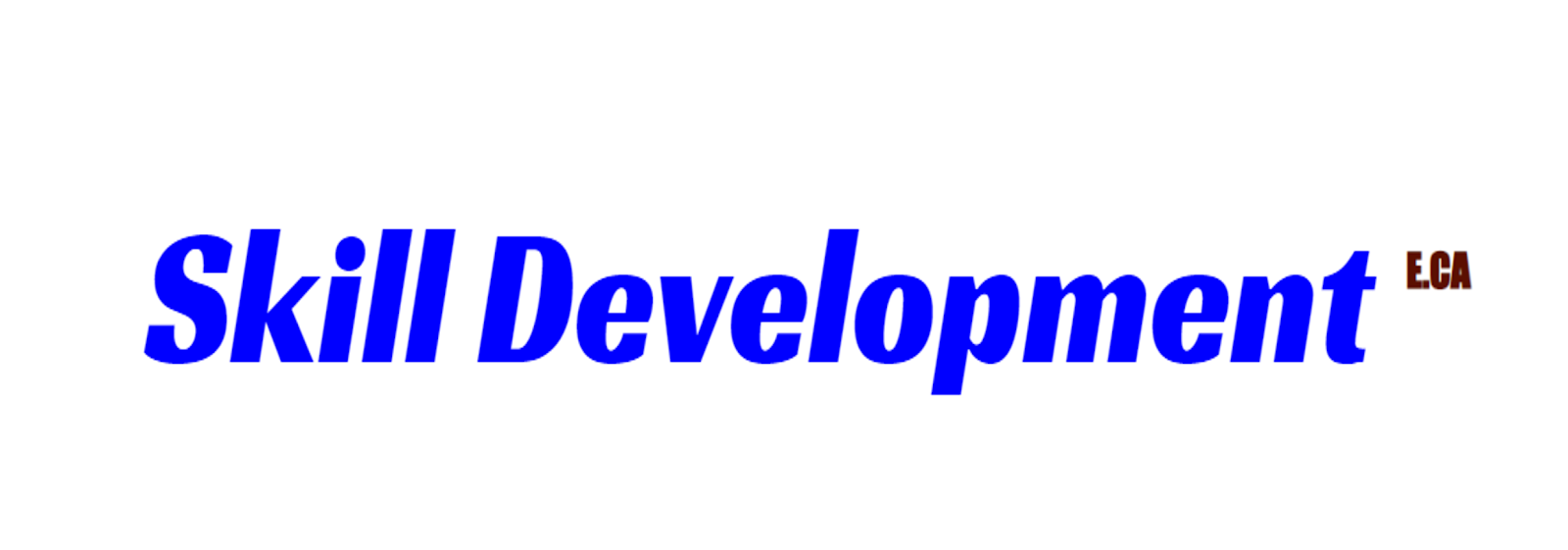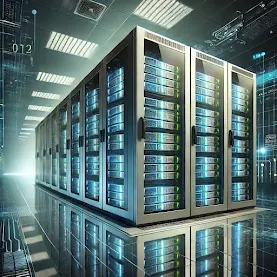1. Servers
A server is a computer or system that provides resources, services, or data to other computers over a network. Servers can perform a variety of functions, including hosting websites, managing emails, and storing files. They typically run specialized software and operate continuously to serve multiple clients simultaneously.
Types of Servers:
- Web Server: Hosts websites and delivers web pages via HTTP/HTTPS.
- File Server: Stores and manages files for users in a network.
- Database Server: Manages and processes database queries.
- Mail Server: Handles email sending and receiving.
- Application Server: Runs applications and services for client computers.
2. Clients
A client is a device or software application that requests services or resources from a server. Clients communicate with servers using a network and rely on them for data processing, storage, and other functionalities.
Examples of Clients:
- Web Browsers (Chrome, Firefox): Clients that request and display web pages from a web server.
- Email Applications (Outlook, Gmail): Clients that connect to a mail server to send and receive emails.
- Cloud Storage Apps (Google Drive, Dropbox): Clients that request file access from a remote file server.
3. Workstations
A workstation is a high-performance computer designed for professional tasks such as graphic design, engineering simulations, and software development. Workstations typically have powerful processors, ample memory, and enhanced graphics capabilities compared to standard personal computers.
Features of Workstations:
- Higher processing power than regular PCs.
- Optimized for multitasking and resource-intensive applications.
- Often used in business, scientific, and creative fields.
4. Hosts
A host is any device connected to a network that has an assigned IP address and can communicate with other devices. This includes servers, clients, workstations, and networking devices.
Examples of Hosts:
- Personal computers, laptops, and mobile devices.
- Servers hosting websites or cloud applications.
- IoT devices such as smart home appliances.
✍ Understanding these fundamental networking concepts—servers, clients, workstations, and hosts—is essential for grasping how modern computing and networking function. Servers provide resources, clients request services, workstations handle professional workloads, and hosts facilitate network communication.









